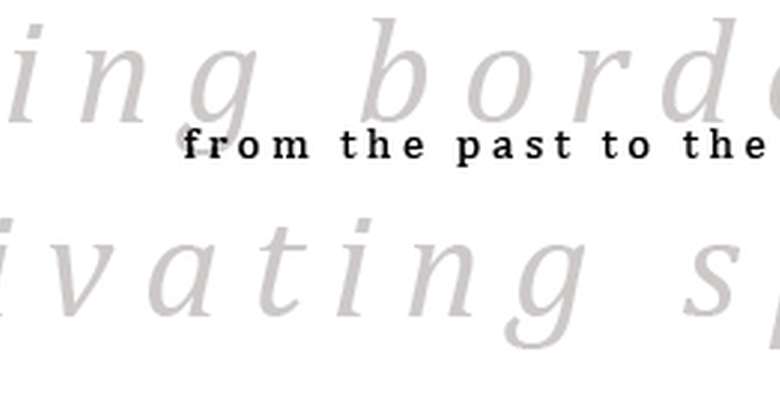Idea by
Angelika Weissheim
http://www.angelikaweissheim.com
Call for ideas 2017
Rethinking spatial planning
Rethinking spatial planning

Introducing the Information Age, the 20th century defined the shift from traditional industry brought through industrialisation to an economy based on information. The ongoing process of globalisation and digitalisation introduces the problem of virtual operations into real structures. A virtual layer accelerates the creation of new links and interactions by disrupting the dynamics between the built environment and its contexts.
This structural change shows the limits of currently existing systems and commonly used methods. The profession of spatial planners has therefore become unwieldy.
The way of understanding structural dynamics depends on the visual perspective. A tool that is incorporating new technologies of visualisation methods enables an understanding of comparison between the world we came from and the world we live in, thus generates an understanding of vision for a world we want to create – a tool that looks beyond today’s realities.
Rethinking spatial planning
Rethinking spatial planning

Introducing the Information Age, the 20th century defined the shift from traditional industry brought through industrialisation to an economy based on information. The ongoing process of globalisation and digitalisation introduces the problem of virtual operations into real structures. A virtual layer accelerates the creation of new links and interactions by disrupting the dynamics between the built environment and its contexts.
This structural change shows the limits of currently existing systems and commonly used methods. The profession of spatial planners has therefore become unwieldy.
The way of understanding structural dynamics depends on the visual perspective. A tool that is incorporating new technologies of visualisation methods enables an understanding of comparison between the world we came from and the world we live in, thus generates an understanding of vision for a world we want to create – a tool that looks beyond today’s realities.